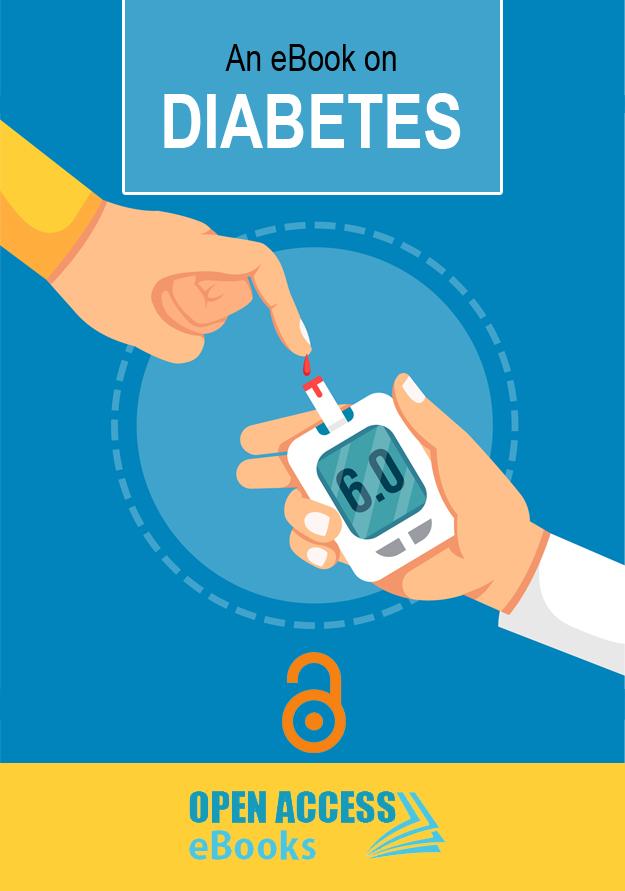List of Chapters
An Effective Method for Adjusting Insulin Doses
Author(s): Mayer B Davidson, MD
In type 2 diabetes, insulin secretion is depressed approximately 50% at the time of diagnosis and progressively decreases [1] regardless of treatment [2]. Because of this, non-insulin therapies eventually fail in many patients and insulin treatment becomes necessary. Thirty percent of Caucasians and African-Americans and 22% of Latinos are taking insulin (this includes the 5% of type 1 diabetic patients, all of whom require insulin, as well)...
Drug Pipelines in the Treatment of NASH
Author(s): Yoshio Sumida*; Masashi Yoneda
Nonalcoholic steatohepatitis (NASH) which is a more severe form of nonalcoholic fatty liver disease (NAFLD) can at least partly lead to cirrhosis, hepatocellular carcinoma (HCC), and hepatic failure. Liver transplantation is the only option for NASH cirrhosis at this time. By 2020, NASH is projected to overtake hepatitis C as the leading cause of liver transplants in the U.S. There are still no approved drugs for treating NASH...
Management of Diabetic Kidney Disease
Author(s): Ander Vergara; Clara García-Carro; Irene Agraz; Natalia Ramos; Maria A. Azancot; María José Soler*
The global burden of diabetes is increasing around the world. Diabetic kidney disease (DKD), one of the microangiopathies secondary to diabetes, will occur in 30–40% of people with diabetes, and one-third of these individuals may develop kidney failure. Currently, DKD is the first cause of end-stage kidney disease (ESKD) worldwide [1]. Thus, DKD treatment and management should be one of the first cornerstone to prevent its progression...
Overview of Hypoglycemia
Author(s): Marek Wardecki*
Hypoglycemia, or low blood sugar, is a condition characterized by a decrease in blood glucose concentration below physiological levels that expose the person to potential harm. Many people with diabetes are at risk of hypoglycemia. There are also conditions other than diabetes where hypoglycemia can occur, however they are rare. Hypoglycemia in people with diabetes is not a disease on its own, it is rather a complication that may be caused by the treatment of diabetes. The consequences of hypoglycemia may be significant and are twofold: 1. immediate – symptoms of low blood sugar impacting quality of life, potentially leading to a loss of consciousness and even death, and 2. indirect –preventing the satisfactory control of diabetes and contributing to the development of long-term complications associated with diabetes.
Time Trend and Onset Characteristics of IDDM Cases in Subjects Aged 0-29 Years in the Province of Trento. A Comparison between Italians and Foreigners
Author(s): Roberto Rizzello, Lucia Bombarda*, Silvano Piffer
The study reports the time trend and onset characteristics of type 1 Diabetes (IDDM) cases amongst subjects aged 0-29 years in the resident population of the province of Trento for the period 1.1.1998-31.12.2017, comparing Italians and foreign nationals. The source of the cases is represented by the provincial registry of IDDM which is part of the national RIDI (Italian register of insulin-dependent diabetes) network. The primary information source of the registry is the standard RIDI sheet.
